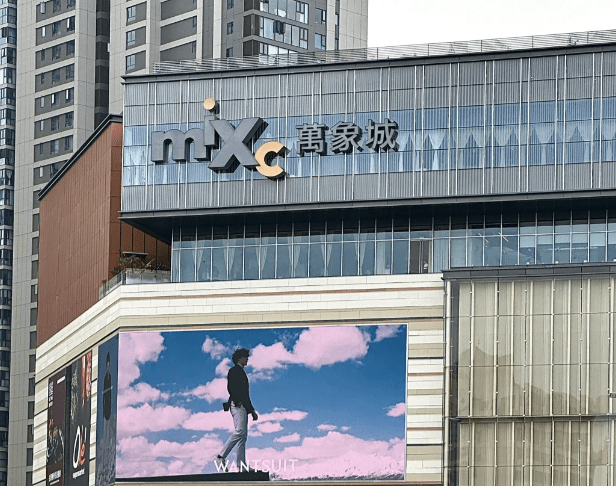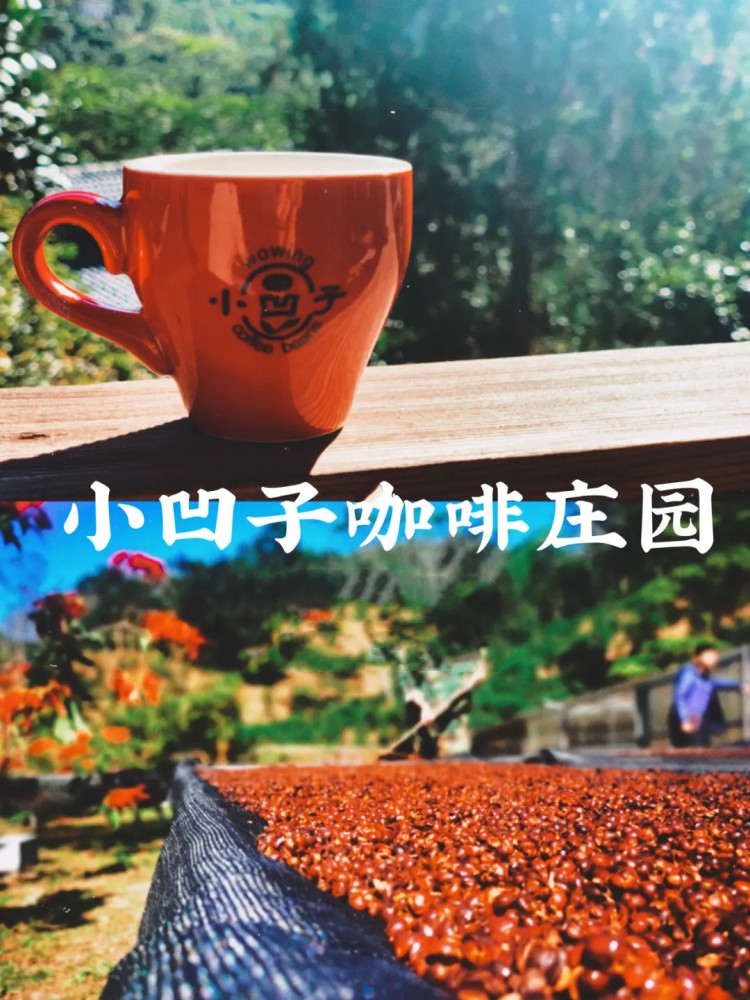
Puer Shopping
Puer is always regarded as the one of the important destinations in the classical Yunnan Travel. When you travel to Puer, you can not only enjoy the beautiful sceneries, taste the delicious food, but also take many specialties home. Puer Shopping Tour is a great tourism route, which makes you forget to leave Puer. Yunnan Exploration will introduce the main local products and solve the problem-what to buy in Puer and where to buy in Puer.
What to Buy in Puer
Puer Local Products
Puer Tea(普洱茶)
Puer tea comes from the Yunnan Plateau and is a unique variety in the pressed tea (black tea) family. It is mostly in the form of brick and pie. It travels many places, from south to north, and has a long history. Some people praise the benefits of Puer tea: the first taste is light, the longer time for making tea, it is thicker, but it never hurts the stomach. Digestion of food and removal of oil are the characteristics of this tea.
Simao Coffee(思茅咖啡)
A German coffee expert said: “A beautiful place that is not discovered by the world – high quality coffee grows in Simao District.”. Yunnan Simao Coffee have intense taste and is not bitter because of its unique geographical environment and climatic conditions. Yunnan Simao coffee quality is excellent in alcohol. When it is brewed, it has a good fragrance. It has a good reputation in the domestic and foreign markets and was rated as a first-class product in the London international market. Today, Yunnan Simao Coffee has been rated as a Chinese geographical indication product because of its excellent quality. The "mysterious and special oriental taste" has been loved by more and more people.
Simao Wood Carving(思茅木雕)
The wood carving of Simao District is very famous and enjoys much popularity. Wood carving is a form of working wood by means of a cutting tool (knife) in one hand or a chisel by two hands or with one hand on a chisel and one hand on a mallet, resulting in a wooden figure or figurine, or in the sculptural ornamentation of a wooden object. The phrase may also refer to the finished product, from individual sculptures to hand-worked moldings composing part of a tracer.
Buckwheat(米荞)
Buckwheat (Fagopyrum esculentum) is a plant cultivated for its grain-like seeds, and also used as a cover crop. To distinguish it from a related species, Fagopyrum tataricum that is also cultivated as a grain in the Himalayas, primarily in Nepal, Bhutan and India, and from the less commonly cultivated Fagopyrum acutatum, it is also known as Japanese buckwheat and silverhull buckwheat. Despite the name, buckwheat is not related to wheat, as it is not a grass. Instead, buckwheat is related to sorrel, knotweed, and rhubarb. Because its seeds are eaten and rich in complex carbohydrates, it is referred to as a pseudocereal. The cultivation of buckwheat grain declined sharply in the 20th century with the adoption of nitrogen fertilizer that increased the productivity of other staples.
Jinggu Ivory Mango(景谷象牙芒)
Jinggu ivory mango was first introduced from Thailand in 1914. The very mango tree imported from Thailand still grows luxuriantly today. Its highest annual output reached nearly 500 kg. The mango is large, in an oval shape, like a young elephant task. With thin skin and much pulp, the mango is fragrant and sweet; and 82 percent of the fruit can be eaten. It’s dubbed as "King of Fruits".
Jinggu Brown Sugar(景谷红糖)
Jinggu brown sugar is very famous. Brown sugar is a sucrose sugar product with a distinctive brown color due to the presence of molasses. It is either an unrefined or partially refined soft sugar consisting of sugar crystals with some residual molasses content (natural brown sugar), or it is produced by the addition of molasses to refined white sugar (commercial brown sugar).
Burmese Grape(三丫果)
Burmese Grape is a kind of wild green food, its flesh mainly with three identified arguments with purple and white, juicy, sweet and rich in amino acids and vitamins. It is very popular in the market and suitable for all ages, which is the best gift for good friends and relatives.
Keep Reading
Minority Souvenirs
Dai People Costumes(傣族服饰)
The clothes for men are pretty the same in different areas. The upper garment is usually a front-opening collarless jacket or narrow-sleeved short jacket. The lower garment is a pair of light-colored, broad-waist, and pocket-less pants. Most men use white or cyan cloth to wrap the head, with some wearing a woolen hat. They have a blanket over their shoulders when it’s cold. The Dai men are bare-footed all the year round. Their clothes are light and comfortable for doing farm work and look elegant and smart when the wearer is dancing.
Wa People Costumes(佤族服饰)
Wa people favor red and black, so their clothes are usually black with red decoration. Men's coats and trousers are short and broad, and they all like bare feet. Besides, they like to take knife and bamboo necklace. Women's clothes are more beautiful. They wear necklaces and bracelets, most of which are made of bamboo or silver. Their ear rings are very distinctive for the complex style incorporating shining silver rings with bird bones and shells. As the Wa women love very long hair, they incorporate their hair into their dances, which highlights their charm.
Lahu People Costumes(拉祜族服饰)
Lahu ethnic minority has a population of 453,705. Most of them are scattered around the Lancangjiang Lahu Autonomous County and Menglian, Shuangjiang Autonomous Counties, with others in the Simao, Lincang and Xishuangbanna Regions. It is said that they have been living there since the 18th century. Black is their favorite color. Traditionally, the men wear black coats, trousers, and black belts around their heads. Women's gowns greatly resemble cheong-sam (the traditional long dress with high collar and slit skirt).
Yi People Costumes(彝族服饰)
The Yi people’s traditional costumes vary in different regions. In Mt. Liangshan area in Sichuan Province and west Guizhou, men usually wear black jackets with tight sleeves and right-side askew fronts, and pleated trousers with wide bottom. While in some other areas, men wear tight-bottomed trousers, and grow a small path of hair above the forehead to be tied with a turban. Women wear embroidered jackets and pleated long skirts hemmed with multiple layers. They use turbans to wrap their hair. Middle-aged women wear black turbans, while young women prefer embroidered square kerchiefs. Their accessories include earrings, bracelets, rings, collar press, and so on. When going outdoors, men and women wear a dark woolen cape with long tassels reaching to the knees.
Hani Ethnic Group Costumes(哈尼服饰)
The traditional clothing of the Hani is made with dark blue fabric. The men dress in short jackets and in long wide pants. They also wear white or black turbans. The women dress depends on which clan they belong to. There is no gender difference in the clothing of children under the age of seven.
Where to Buy in Puer
Generally speaking, local products and souvenirs can be bought in shopping malls, supermarkets, as well as exclusive shops and stores.
Shopping Malls in Puer
- Wal-Mart Shopping Plaza(沃尔玛购物广场) Add: Chuangjishang City, Linyuan Road, Simao District, Puer City(普洱市思茅区林源路创基尚城) Tel: (0879)2195289
- Baixin Shopping Plaza(百信购物广场) Add: No. 29 Chayuan Road, Simao District, Puer City(普洱市思茅区茶苑路29) Tel: /
- Qingsong Shopping Mall(青松商场) Add: Building 1, No. 28 Zhenxing Avenue, Simao District, Puer City(普洱市思茅区振兴大道28号1幢) Tel: 13466171287
- Riyuehong Shopping Mall(日月红商场) Add: No. 82 Zhenxing Avenue, Simao District, Puer City(普洱市思茅区振兴大道82号) Tel: (0879)2133620
Handicraft Shops in Puer
- Lidieyuan Artware Store(丽蝶缘工艺品店) Add: Jingdong Yi Autonomous County, Puer City, Yunnan Province(云南省普洱市景东彝族自治县) Tel: /
- Tianyixiang Artware Store(添艺祥工艺品店) Add: Nearby No. 51 Linyuan Road(林源路51号附近) Tel: /
- Jinggu Kaixing Artware Store(景谷凯兴工艺品店) Add: No. 6 Qixiang Road, Jinggu County(景谷县气象路6号) Tel: 13887971789
- Tongyuan Artware Store(桐原工艺品) Add: Mojiang Hai Autonomous County, Puer City, Yunnan Province(云南省普洱市墨江哈尼族自治县) Tel: /
- Badazhayuan Artware Store(巴达扎缘工艺品) Add: Nearby No. 98 Linyuan Road(林源路98附近) Tel: /
Specialty Stores in Puer
- Yuanlin Specialty Experience Store in Puer City(普洱市原林特产体验店) Add: Northwest of Lanmeishan Business Hotel, Simao District, Puer City(普洱市思茅区蓝眉山商务酒店西北) Tel: 18088941777
- Shengfengyuan Specialty Store(圣丰源特产商品店) Add: No. 4 Huigui Avenue(回归大道4号) Tel: 13887971887
- Zhuhai Local Specialty Store(竹海土特产店) Add: Southwest 100 Meters of the Interjection of Chayuan Road and Longsheng Road (茶苑路与龙生路交叉口西南100米) Tel: /
- Qianqing Time Local Specialty Store(千青时光土特产店) Add: East 70 meters of No. 35 Menglie Street, Jiangcheng Hani and Yi Autonomous County, Puer City(普洱市江城哈尼族彝族自治县勐烈大街35号东70米) Tel: 13769993187
- Jinggu Local Specialty Exclusive Store(景谷土特产专营店) Add: Nearby No. 20 Bi'an Road, Jinggu Dai and Yi Autonomous County, Puer City(普洱市景谷傣族彝族自治县碧安路20号附近) Tel: 13669781952
- Grain and Oil Specialty Store(粮油土特产店) Add: North 150 meters of the Interjection of Siting Road and Chacheng Avenue(思亭路与茶城大道交叉口北150米) Tel: 13324991855/13987926866
Regional Shopping in Puer
- Ximeng County Shopping
- Simao District Shopping
- Ninger County Shopping
- Mojiang County Shopping
- Jingdong County Shopping
- Jinggu County Shopping
- Zhenyuan County Shopping
- Lancang County Shopping
- Menglian County Shopping
- Jiangcheng County Shopping
- Jingmai Shopping
Keep Reading

 7 Days GolfingTour
7 Days GolfingTour
 8 Days Group Tour
8 Days Group Tour
 8 Days Yunnan Tour
8 Days Yunnan Tour
 7 Days Shangri La Hiking
7 Days Shangri La Hiking
 11 Days Yunnan Tour
11 Days Yunnan Tour
 6 Days Yuanyang Terraces
6 Days Yuanyang Terraces
 11 Days Yunnan Tour
11 Days Yunnan Tour
 8 Days South Yunnan
8 Days South Yunnan
 7 Days Tea Tour
7 Days Tea Tour
 8 Days Muslim Tour
8 Days Muslim Tour
 12 Days Self-Driving
12 Days Self-Driving
 4 Days Haba Climbing
4 Days Haba Climbing
 Tiger Leaping Gorge
Tiger Leaping Gorge
 Stone Forest
Stone Forest
 Yunnan-Tibet
Yunnan-Tibet
 Hani Rice Terraces
Hani Rice Terraces
 Kunming
Kunming
 Lijiang
Lijiang
 Shangri-la
Shangri-la
 Dali
Dali
 XishuangBanna
XishuangBanna
 Honghe
Honghe
 Kunming
Kunming
 Lijiang
Lijiang
 Shangri-la
Shangri-la
 Yuanyang Rice Terraces
Yuanyang Rice Terraces
 Nujiang
Nujiang
 XishuangBanna
XishuangBanna
 Spring City Golf
Spring City Golf
 Snow Mountain Golf
Snow Mountain Golf
 Stone Mountain Golf
Stone Mountain Golf







